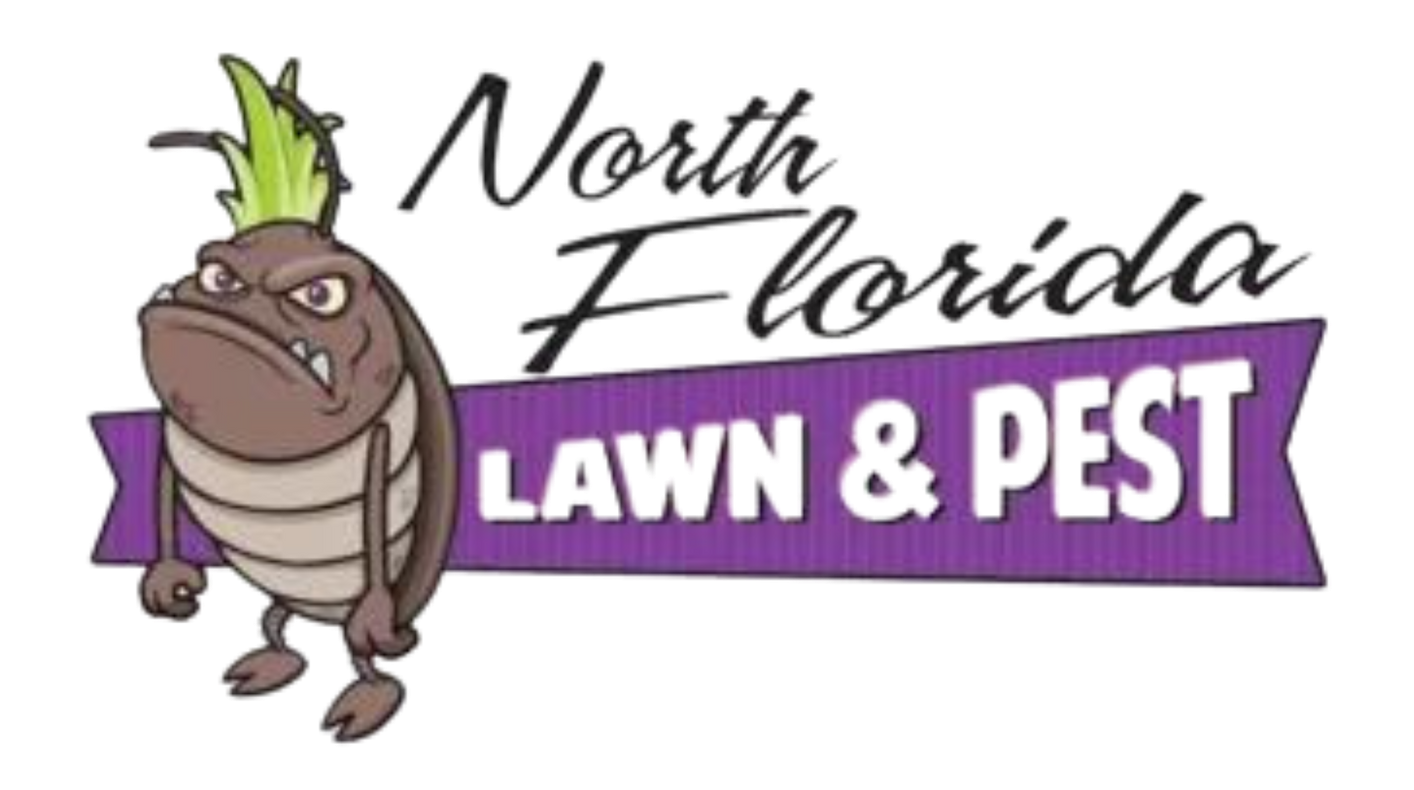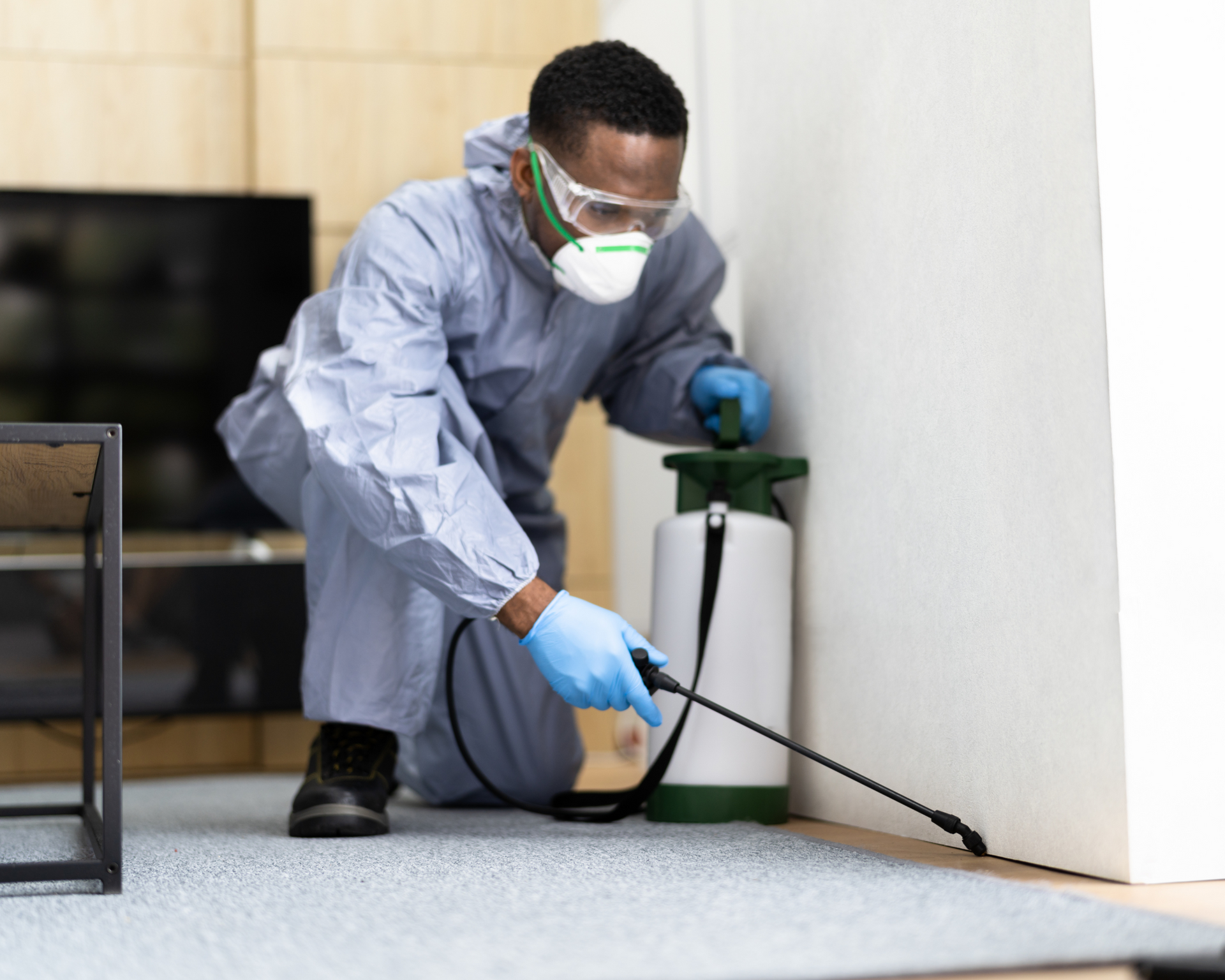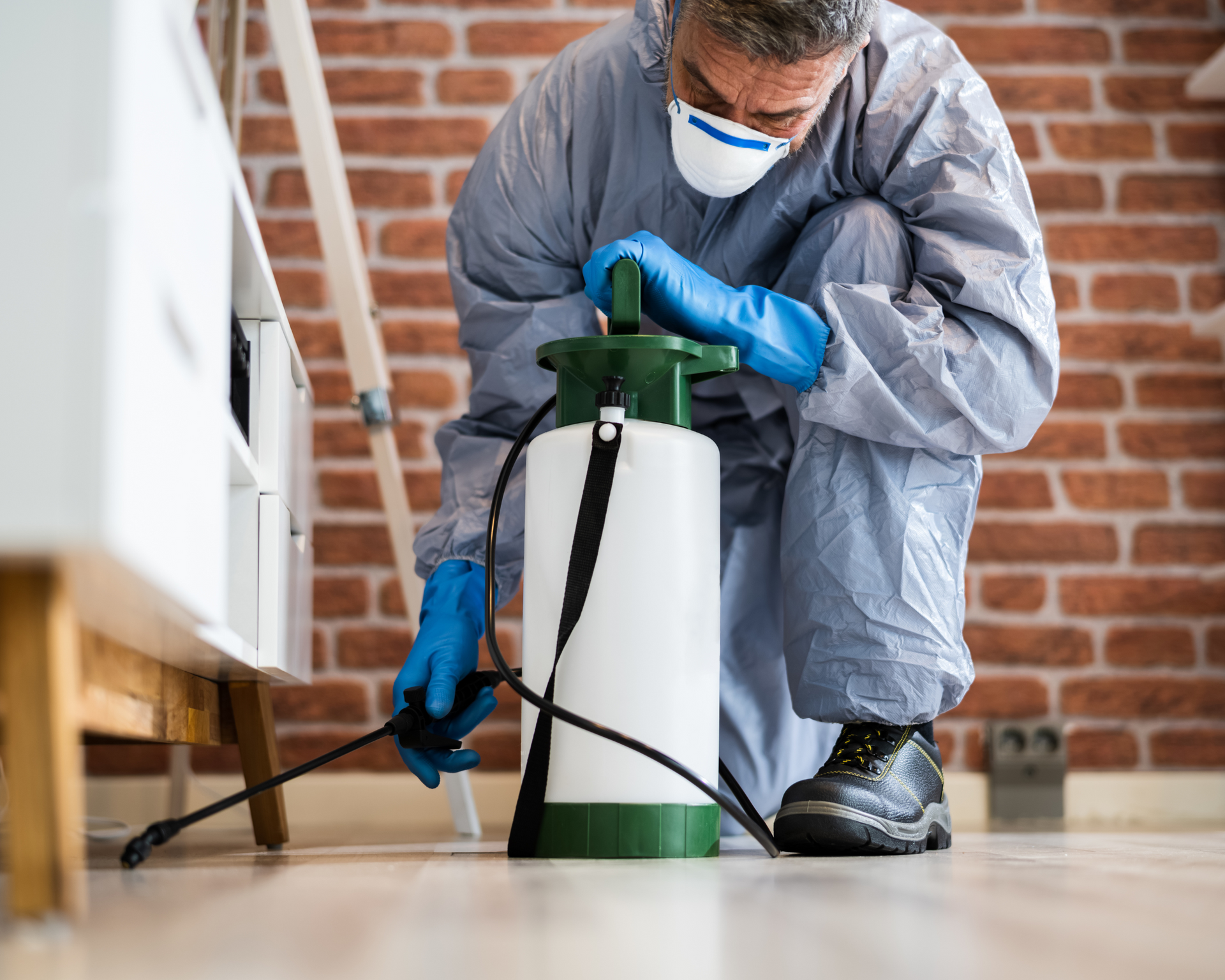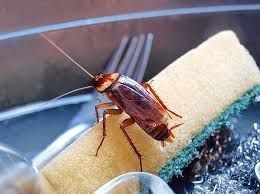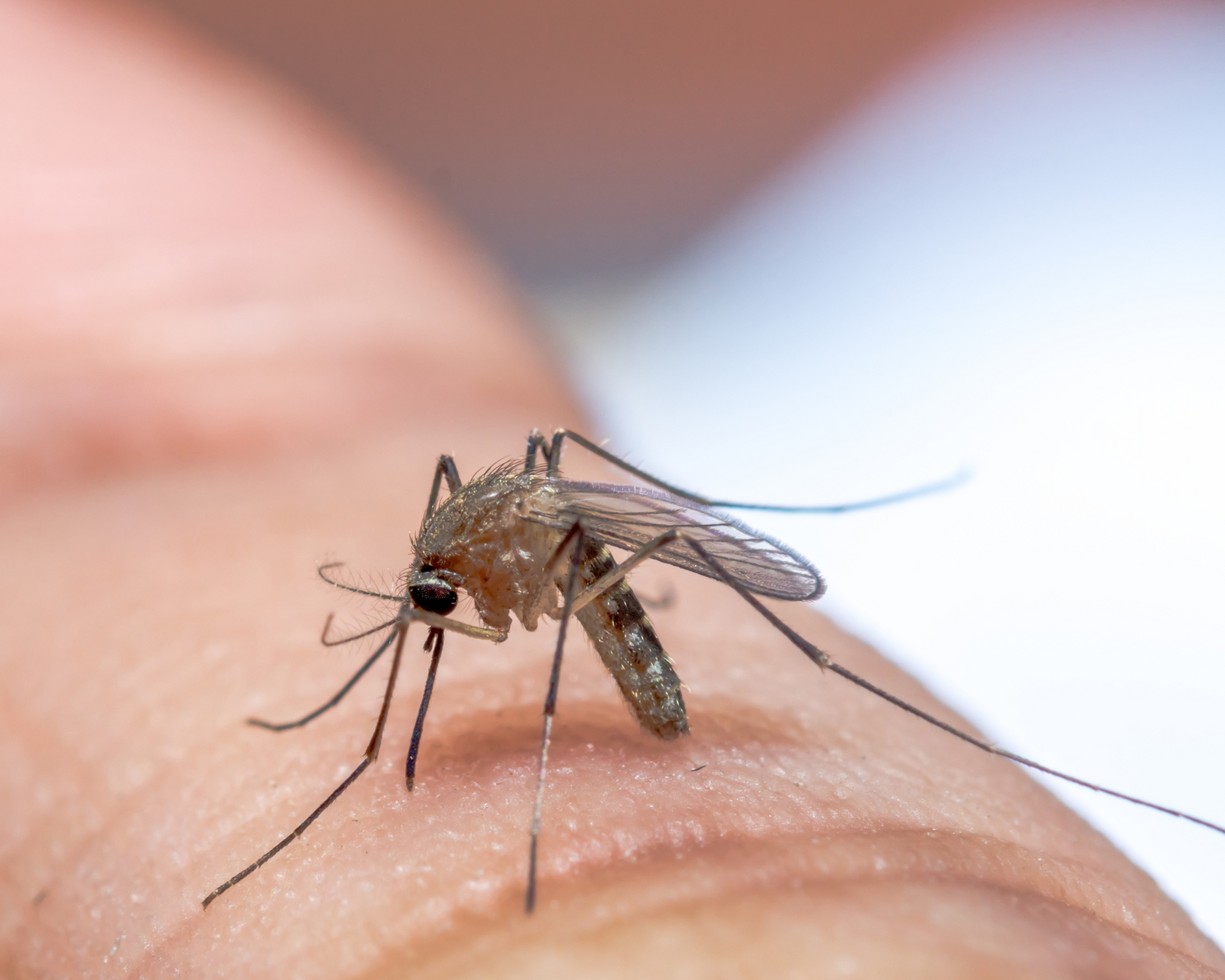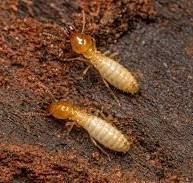What Should You Do if You Suspect a Hidden Pest Infestation?
Hidden Pest Infestation
Discovering signs of a possible
hidden pest infestation in your home can be unsettling. Pests often stay hidden, making it tricky to know for sure if they’re present. Acting quickly can help prevent further damage and keep your home safe. Here’s how to spot the warning signs, investigate further, and decide on the best course of action.
Signs of a Hidden Pest Infestation
Pests leave behind subtle clues. Here are some of the most common signs that may suggest you’re dealing with an infestation:
- Droppings and Urine Stains: Small, pellet-like droppings are a clear indicator of rodents. Cockroach feces resemble coffee grounds, and bedbugs may leave tiny rust-colored stains on bedding.
- Unusual Noises: Scratching, squeaking, or scurrying sounds from walls, ceilings, or attics are common with rodents. Termites may create a faint clicking noise when chewing through wood.
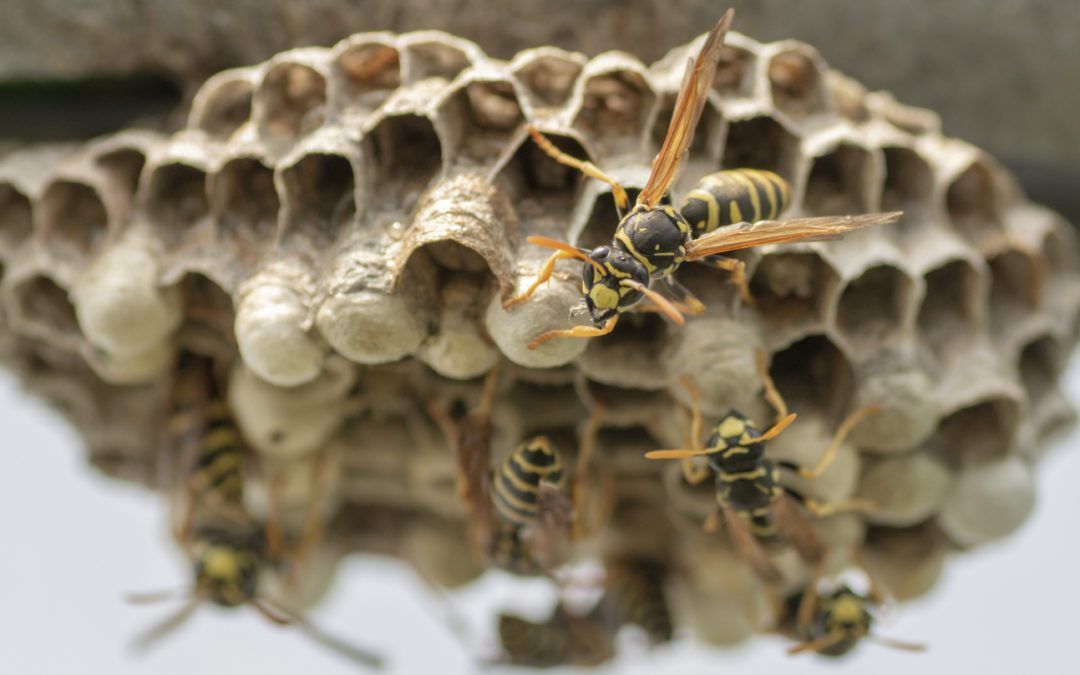
- Property Damage: Chewed wires, gnawed furniture, and damaged insulation are signs of rodents. Termites often leave hollow wood or mud tubes along walls.
- Foul Odors: Musty or ammonia-like smells may suggest the presence of rodents or cockroaches. Bedbugs emit a distinct, musty scent.
- Nests and Tracks: Rodents build nests using shredded materials, while insects may leave visible trails or marks along baseboards and walls.
Investigate Further
If you suspect pests, a little detective work can help confirm your suspicions. Here are some steps to take:
- Inspect Common Hiding Spots: Check dark and undisturbed areas like attics, basements, and crawl spaces. Look behind appliances and inside cabinets.
- Look for Entry Points: Examine windows, vents, and cracks for any small openings. Seal gaps to prevent further access.
- Monitor for Activity: Place sticky traps in suspected areas to detect pests. Pay attention to footprints or gnaw marks on wood or food packaging.
- Listen at Night: Many pests are nocturnal. Turn off the lights and listen for sounds of movement within the walls.
What to Do Next
Once you’ve identified potential signs of a pest infestation, follow these steps to manage the situation:
- Clean Thoroughly: Eliminate food crumbs, standing water, and garbage. Pests are attracted to food and moisture.
- Seal Off Entry Points:
Use caulk or steel wool to block holes, cracks, and gaps.
- Set Traps and Baits:
For minor infestations, traps and bait stations can be effective. Be cautious if you have pets or small children.
- Stay Vigilant: Continue monitoring for any new signs of pests. Regular inspections will help you track their activity.
When to Call a Professional
While minor pest problems can often be managed on your own, some situations require expert help. Consider contacting a pest control professional if:
- The infestation is severe or recurring.
- You spot destructive pests like termites or bedbugs.
- DIY methods have not resolved the issue.
- There are concerns about potential health risks.
Prevent Future Infestations
The best way to avoid future pest problems is by making your home less inviting to them. Here are some tips:
- Keep It Clean:
Regularly vacuum, sweep, and wipe down surfaces.
- Store Food Properly:
Use sealed containers and clean up spills promptly.
- Fix Leaks and Moisture Issues: Pests are drawn to damp environments.
- Seal Gaps and Cracks:
Check doors, windows, and walls for potential entry points.
- Trim Vegetation: Keep bushes and trees trimmed away from your house to reduce hiding spots.
Want To Learn More? Contact Us
A hidden pest infestation can lead to costly damage and potential health concerns. By recognizing early signs, investigating thoroughly, and taking swift action, you can prevent pests from taking over your home. And when in doubt, don’t hesitate to seek help from a professional pest control service. With the right approach, you can reclaim your home and enjoy a pest-free environment. Contact us now!
Like this post? Share it here...
